#ancient stone statue
Explore tagged Tumblr posts
Text

Stone carved Medusa from the Temple of Apollo at Didyma in Turkey.
#Stone carved Medusa from the Temple of Apollo at Didyma in Turkey#Temple of Apollo#Didyma Turkey#Medusa#stone statue#stone sculpture#ancient artifacts#archeology#archeolgst#history#history news#ancient history#ancient culture#ancient civilizations#greek history#greek art#ancient art
3K notes
·
View notes
Text




'The Snettisham Great Torc', Iron Age Torc, The British Museum, London
This torc was discovered in 1950, in a field near the village of Snettisham. The site is on the north-west coast of Norfolk, overlooking the Wash.
This torc is one of the most elaborate golden objects from the ancient world. It is made from an alloy of gold, silver and copper, and weighs over 1 kg. The neck-ring is made from 64 wires in eight separate coils. The ends are elaborately decorated with swirling motifs.
The torc was probably buried around 50 BCE.
#ice age#bronze age#stone age#iron age#prehistoric#prehistory#neolithic#mesolithic#paleolithic#archaeology#electrum#gold#design#torc#jewellery#ancient crafts#ancient living#ancient cultures#status#British Museum
211 notes
·
View notes
Text
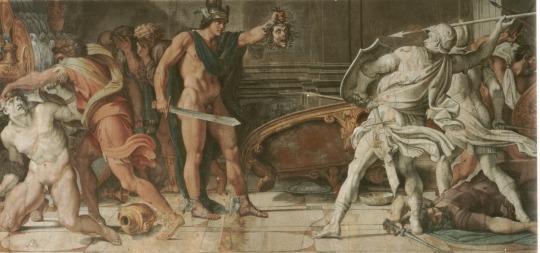
Perseus and Phineas by Annibale Carracci and Domenichino
#perseus#phineas#art#annibale carracci#domenichino#greek mythology#phineus#medusa#head#gorgon#stone#statue#statues#ancient greece#ancient greek#europe#european#history#antiquity#classical antiquity
112 notes
·
View notes
Text

Khmer Sandstone Torso of Lokesvara
Origin: CambodiaCirca: 10th Century AD to 11th Century AD Dimensions: 12.5" Height x 12" Width (31.8 cm x 30.5 cm) excluding base Medium: Sandstone
#ancient art#ancient history#antiquities#ancient civilizations#khmer#khmer sculpture#stone torso#ancient statue#cambodia
22 notes
·
View notes
Text

Polis.
#Europe#JohnPerivolaris#BlackandWhite#Polis#LeicaQ2Monochrom#Summilux28mmASPH#Greece#Chios#Aegean#Ancient#Venus#Aphrodite#Classical#History#Art#Civilisation#Mediterranean#Statue#Stone
6 notes
·
View notes
Note
The whole feminist thing with Medusa being victim of rape from Poseidon and punished by Athena. Whom a lot people believe to be feminist when actually demeter is there she challenge Zeus. Do you know about lilith being the first woman before eve thing? Yeah lot people claiming her as feminist icon for not submit to Adam and do people forget? She killed babies rape man and harming pregnant woman
Yeah ppl think woman harms man therefore she’s feminist. Medusa doesn’t have a single source where she helps a woman, while Athena does (tho she also has myths where she harms women but that’s another story). Demeter isn’t really feminist either since she definitely harmed countless women by basically inventing winter, but she’s still iconic and a great mom and anyone who puts Zeus in his place I will defend with my life.
#the Lilith thing always confuses me lol#not only is she not even mentioned in Islam so when I first heard of her I was like “who???’’#but unlike Medusa she actually has stories where she actively harms innocent people#while with Medusa you can argue either way#maybe the statues in her cave were heroes trying to take revenge for her turning innocents to stone#or they could be assholes harming her for glory#so I can understand that more#greek mythology#ancient greek mythology#greek pantheon#greek goddess#Athena#athena greek mythology#athena goddess of wisdom#athena goddess#Medusa#Medusa retelling#Demeter#demeter goddess
21 notes
·
View notes
Text

Page 4/4
Pages 1&2, 3
#my art#salim othman#jason kolchek#jalim#jason x salim#hoa#dark pictures house of ashes#house of ashes#fanart#hoa au#house of ashes au#Living Stone Statue Salim#Ancient Magic au#comic#Now to start writing for Ao3 ♥️#So this mini comic was basically to summarize some plot for the story#Salim doesn't know anything that's happened to the expedition or what Bradshaw's real intentions were#Agnes Bradshaw#Lady Bradshaw#Mary Hodgson#Randolph Hodgson#Hoa Expedition members
84 notes
·
View notes
Text
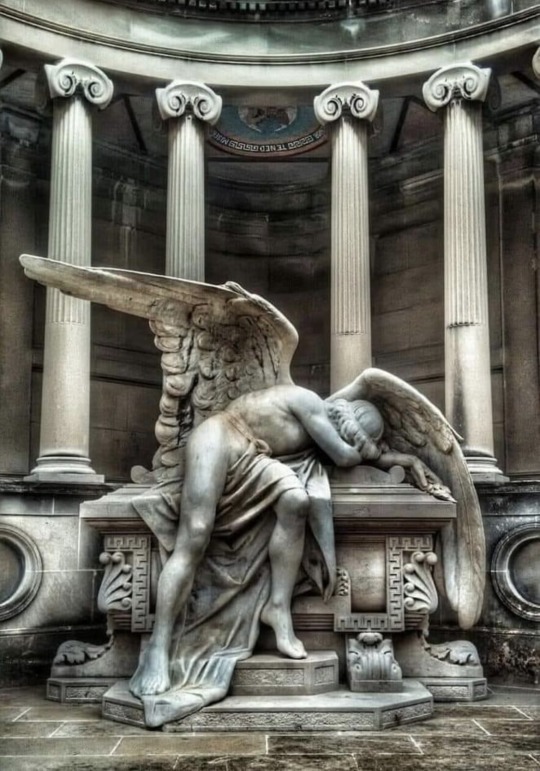
#august urrutia#cemetery#dark academia#dark aesthetic#angelcore#fallen angel#statue#stone art#ancient greek#angelic#crying angel
16 notes
·
View notes
Text
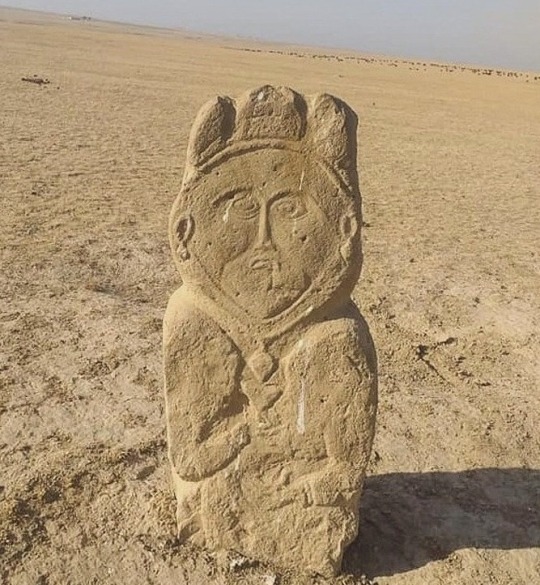
Statue likely from the Göktürk period discovered in Kazakhstan. 6th Century CE.
Credit: https://arkeonews.net/1300-year-old-stone-sculpture-from-the-ancient-turkish-era-found-in-kazakhstan/
#art#culture#history#asian history#gokturk#turkic history#turkic#kazakhstan#ancient history#medieval#medieval history#middle ages#statue#stone
7 notes
·
View notes
Text
I was recommended As Above So Below because it's apparently a fun creepy horror movie set in an original location (Paris catacombs) but I didn't know that it's not a movie for a history buff. I'm 10 min in and so far I've mainly been laughing and saying: "What?" through an awkward smile a lot
#Nicholas Flamel physically made his own tombstone???#Like literally carved the fucking thing#Girl what???#'he was widely known as an alchemist who managed to create the philosophy stone'#Yeah in like renaissance times when the whole philosophers stone bullshit really picked up#This movie is so unseriouz#Girl how did a french guy from the xvth century paris used sumerian code key written on an ancient statue in some cave in iran to make what
36 notes
·
View notes
Text
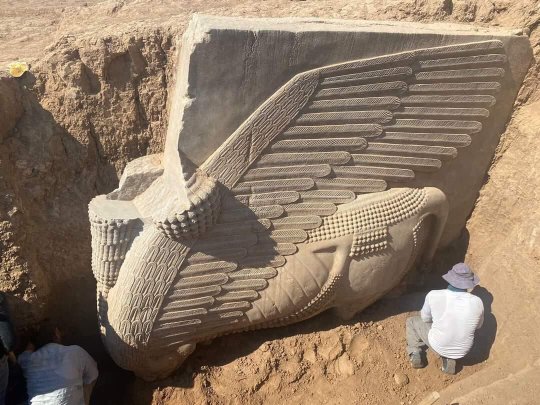
Ancient Assyrian Deity Statue Uncovered in Iraq
In a recent announcement from the The Iraqi State Board of Antiquities and Heritage (SBAH), archaeologists have successfully unearthed a remarkable ancient Assyrian deity statue known as a “lamassu” in Kursbad, Iraq.
A lamassu is a special Assyrian guardian deity, usually portrayed as a mix of human, bird, and either cow or lion features. These unique beings typically have a human-like head, a body resembling that of a bull or lion, and bird-like wings.
Guardian Lamassu sculptures in Assyria
In ancient Assyria, they often crafted pairs of lamassu sculptures and placed them at the entrances of palaces. These imposing figures faced both the streets and the inner courtyards.
What’s unique about these sculptures is that they were carved in high relief. When you look at them head-on, they seem still, but from the side, they appear to be in motion.
While we often see winged figures in the low-relief decorations inside rooms, lamassu were not commonly found as large figures in these spaces. However, they occasionally appeared in narrative reliefs. In these depictions, they seemed to take on the role of protectors for the Assyrians.
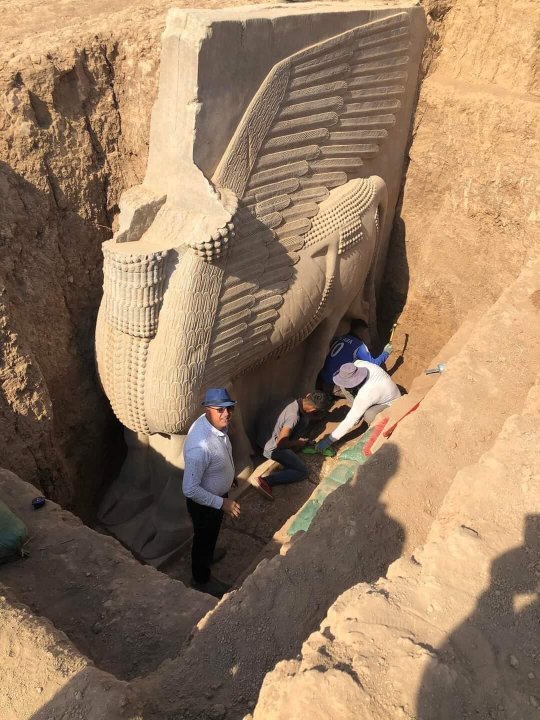
Ancient Assyrian deity statue in Iraq was discovered and then reburied
This discovery took place during their excavations at the 6th gate, situated in the western part of the ancient city of Khursbad.
Khursbad was originally built as a brand-new capital city by the Assyrian king Sargon II. He started this ambitious project shortly after he became king in 721 BC.
However, after Sargon II’s reign, his son and successor, Sennacherib, decided to shift the capital to Nineveh. This move left the construction of Khursbad unfinished, making it a fascinating historical puzzle.
As per the press release, the statue was originally discovered in 1992, when a team of Iraqi archaeologists stumbled upon the Assyrian deity statue. After the initial discovery of the lamassu, its head was unfortunately stolen in 1995. However, it was later recovered and is now safely preserved in the Iraqi Museum.
The main body of the Assyrian deity, was reburied to protect the statue and the surrounding architectural remains, a decision that likely saved it from destruction by ISIS, which systematically looted and destroyed the remains of Khursbad.
Collaboration between Iraqi and French archaeologists
In a remarkable collaborative effort between Iraqi and French archaeologists, Professor Dr. Ahmed Fakak Al-Badrani has spearheaded a mission that recently re-excavated the lamassu. This event marks the first time in thirty years that this ancient wonder has been unveiled to the world.
As stated by Dr. Layth Majid Hussein, the Chairman of the General Body for Archaeology and Heritage, the team is presently evaluating the condition of the lamassu to chart their forthcoming actions.
By Nisha Zahid.

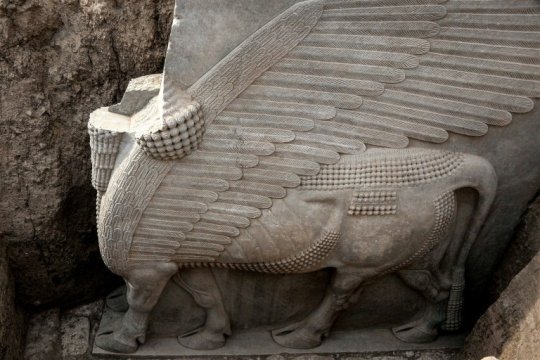
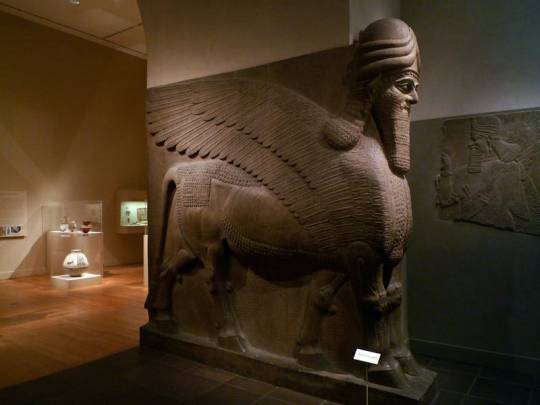
#Ancient Assyrian Deity Statue Uncovered in Iraq#Kursbad Iraq#lamassu#sculpture#stone sculpture#ancient artifacts#archeology#archeolgst#history#history news#ancient history#ancient culture#ancient civilizations#assyrian history#assyrian empire#ancient art
532 notes
·
View notes
Text

Clevedon Iron Age Gold Torc, Clevedon, Somerset 250-75BCE, The British Museum, London
Hollow, decorated torc terminal and twisted wires from a multi- strand torc. Found in the 19th century, these may be parts of the same torc.
The terminal is ornamented with raised crescents and pellets, defined by areas of basket-weave pattern, similar to the Sedgeford and Snettisham gold torcs.
#ice age#stone age#bronze age#iron age#prehistoric#prehistory#neolithic#mesolithic#paleolithic#archaeology#wealth#gold#torc#jewellery#status#metalwork#metalworking#ancient living#ancient crafts#ancient cultures#design#curvilinear
177 notes
·
View notes
Text
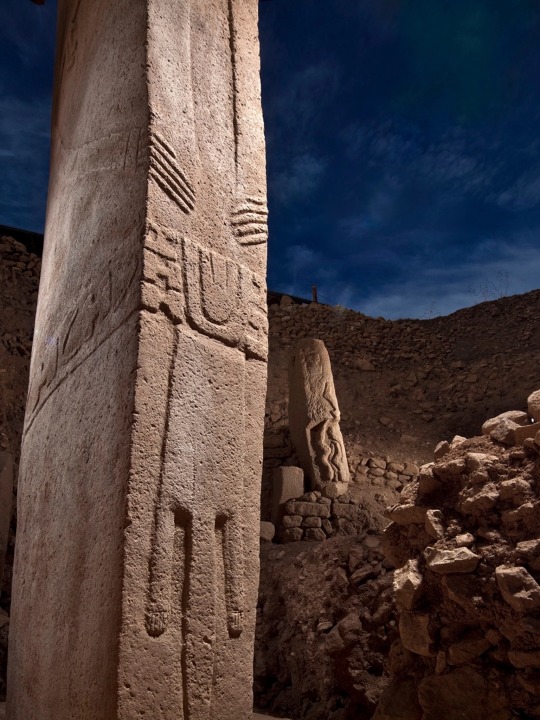
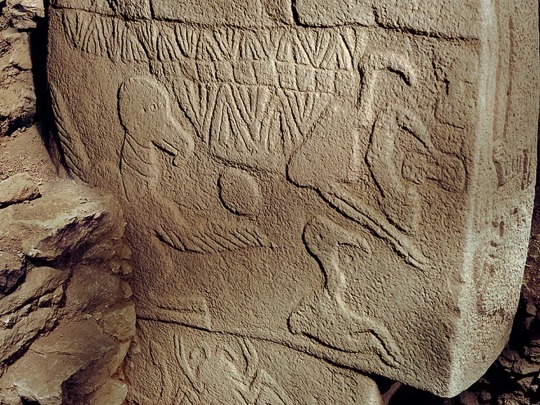
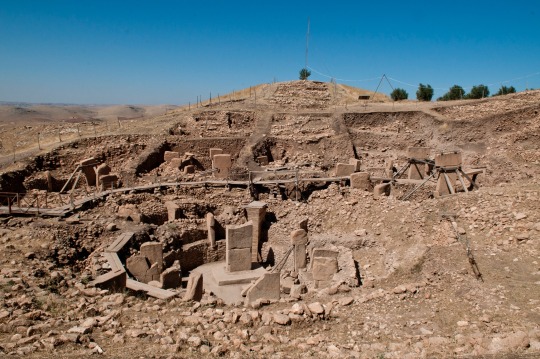

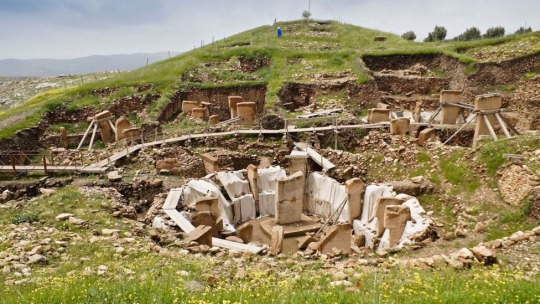
Göbekli Tepe (known as Girê Mirazan or Xirabreskê in Kurdish)
A neolithic settlement in modern day Southeastern Anatolia Region, Turkey
Older than stonehenge, this settlement is thought to have been inhabited from 9500 to 8000 BCE.
Popularly known to include the oldest known temple, it is famous for large circular structures containing massive stone pillars decorated with anthropomorphic details, clothing, and reliefs of wild animals that are said to give archaeologists insight into prehistoric religion.
#art#archaeology#ancient#turkey#stone sculpture#stone statue#neolithic#ruins#natural stone#stone art#prehistoric#ancient egypt#ancient ruins#ancient art
43 notes
·
View notes
Text
youtube
Unveiling Ancient Egypt’s Megalithic Marvels: Secrets of Advanced Engineering
The enigmatic wonders of Ancient Egypt have captivated humanity for centuries. From the towering pyramids to the mysterious Sphinx, these megalithic marvels continue to inspire awe and intrigue. Could these awe-inspiring creations be evidence of advanced ancient technology, or do they hold secrets of a lost civilization?
The Colossal Statues: Titans of Stone
Ancient Egypt’s colossal statues, such as the Great Colossi of Memnon, are feats of artistry and engineering.
Weighing hundreds of tons, these statues were carved with astonishing precision and transported across vast distances.
How could a civilization over 4,000 years ago achieve such monumental feats without modern machinery?
The Pyramids: A Symphony in Stone
The Great Pyramid of Giza is a marvel of architectural mastery, aligned with celestial bodies and featuring flawless geometry.
Some stones used in its construction weigh up to 80 tons, raising questions about ancient construction techniques.
Scholars debate whether these structures were built with rudimentary tools or advanced, forgotten technology.
Transporting Monoliths: Moving Mountains
Ancient Egyptians transported massive stone blocks from quarries to construction sites across rugged terrain.
Theories suggest the use of sledges, ramps, and water-based flotation systems, but definitive answers remain elusive.
Guardians of Eternity: The Enigma of the Sphinx
The Great Sphinx of Giza, with its weathered features and imposing presence, stands as a sentinel to the past.
Some researchers believe it may predate traditional timelines, possibly linked to the Great Flood mentioned in ancient texts.
Its precise craftsmanship and celestial alignment deepen its mystery.
Whispers of the Past: A Lost Civilization?
These remarkable structures might be the legacy of a civilization lost to history.
Evidence points to a cataclysmic event that could have wiped out advanced societies, leaving only fragments of their achievements.
Such theories challenge traditional historical narratives and invite us to rethink humanity’s origins.
Echoes of Grandeur
Ancient Egypt’s megalithic marvels continue to inspire wonder and curiosity.
Whether created through sheer determination or advanced techniques, these structures stand as timeless testaments to human ingenuity.
They remind us of the enduring quest to understand our past and connect with the brilliance of those who came before.
Exploring the mysteries of Ancient Egypt invites us to keep questioning and learning. Share your thoughts on these incredible achievements in the comments below, and join the conversation about the secrets of our shared history.
#ancient egypt#megalithic structures#egyptian pyramids#sphinx mysteries#advanced ancient technology#lost civilization#ancient engineering#great pyramid of giza#colossal statues#egyptian monuments#ancient wonders#ancient egyptian history#archeological discoveries#lost ancient technology#sphinx enigmas#pyramid construction techniques#ancient stone transport#egyptian architecture#ancient history mysteries#advanced engineering marvels#Youtube
4 notes
·
View notes
Text
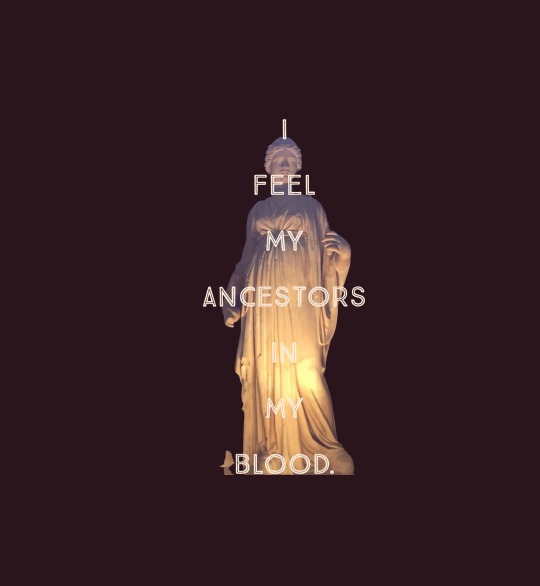
#ancient greek statue#statue#stone#history#mythology#ancestors#humans#400mothers#feelings#romanticism#dark acamedia#dark romanticism#academia#romantic academia#history aesthetic#divine feminine#museums
7 notes
·
View notes
